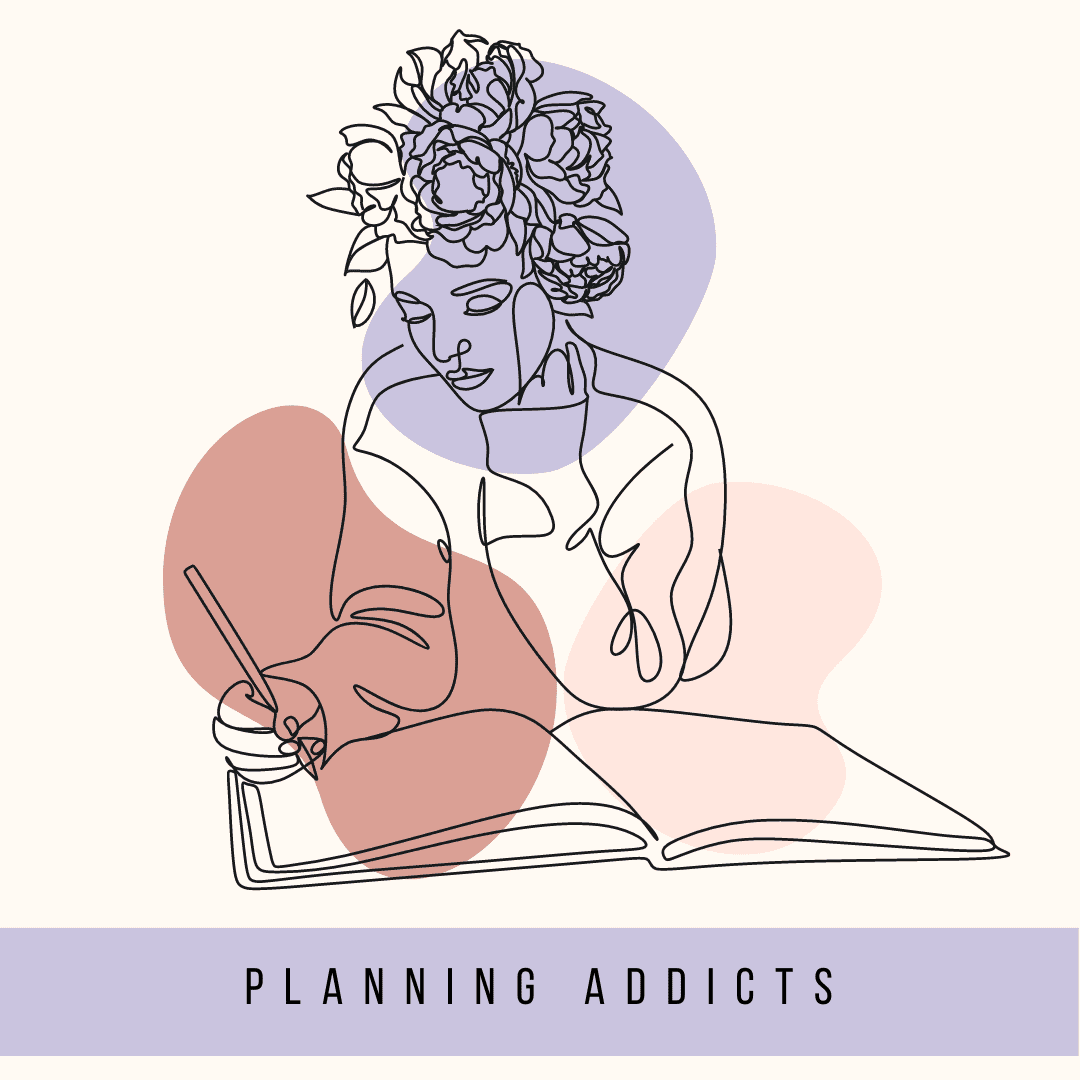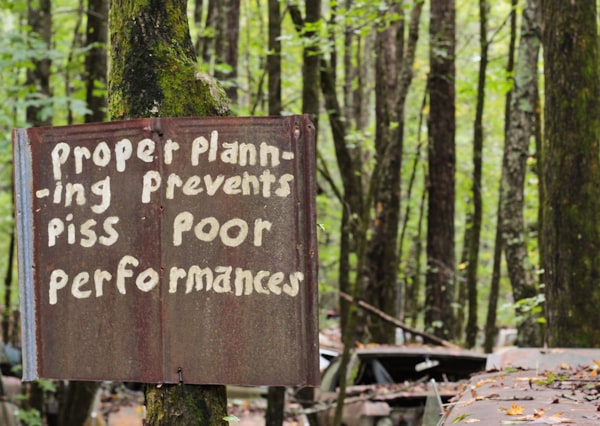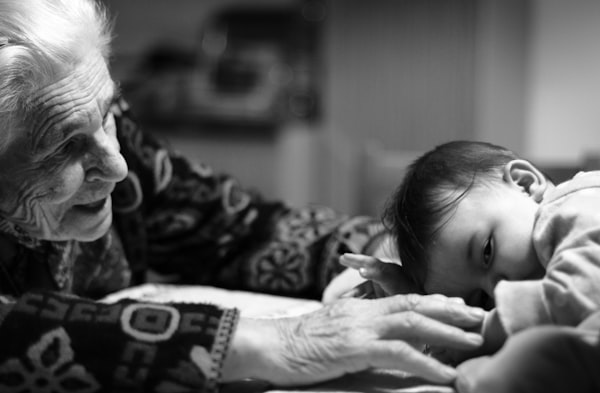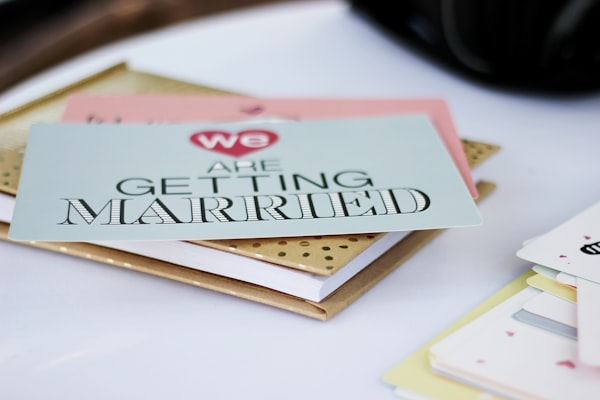Printable Checklists for Disaster Preparedness
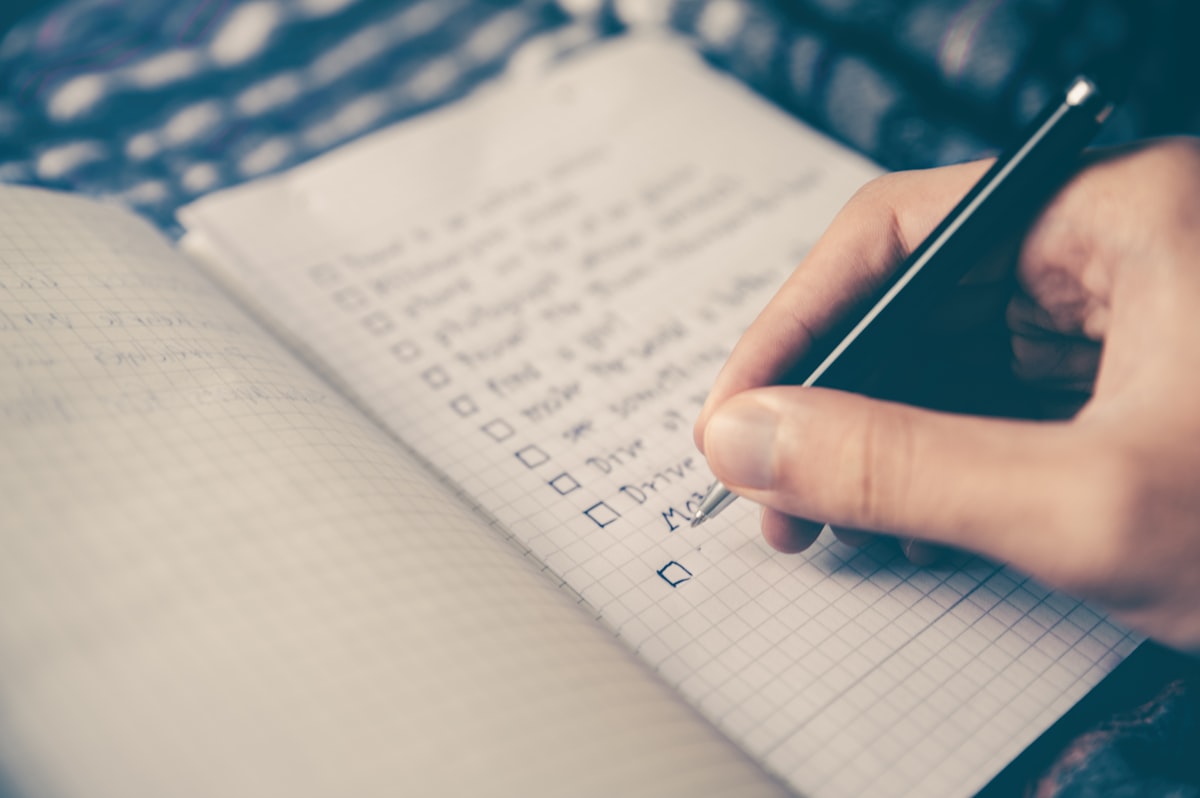
A well-prepared family has not only a plan but also the tools to implement it. This is where printable checklists come into play. These checklists are an invaluable addition to your disaster preparedness planners, providing a clear and concise way to ensure you have covered all necessary aspects of your planning.
This information is designed to help you create the best printable checklists for disaster preparedness for your community and customers by using private label rights (PLR) content like emergency and disaster preparedness planners.
Types of Checklists To Look For:
- Emergency Kit Checklist: This checklist includes all the essentials you should have in your emergency kit, such as food, water, first aid supplies, and important documents.
- Family-Specific Needs Checklist: Tailored for families, this checklist helps you account for the unique needs of each family member, including pets.
- Evacuation Plan Checklist: This checklist guides you through the process of creating and practicing an evacuation plan.
- Post-Disaster Safety Checklist: Useful for assessing and ensuring safety after a disaster has occurred.
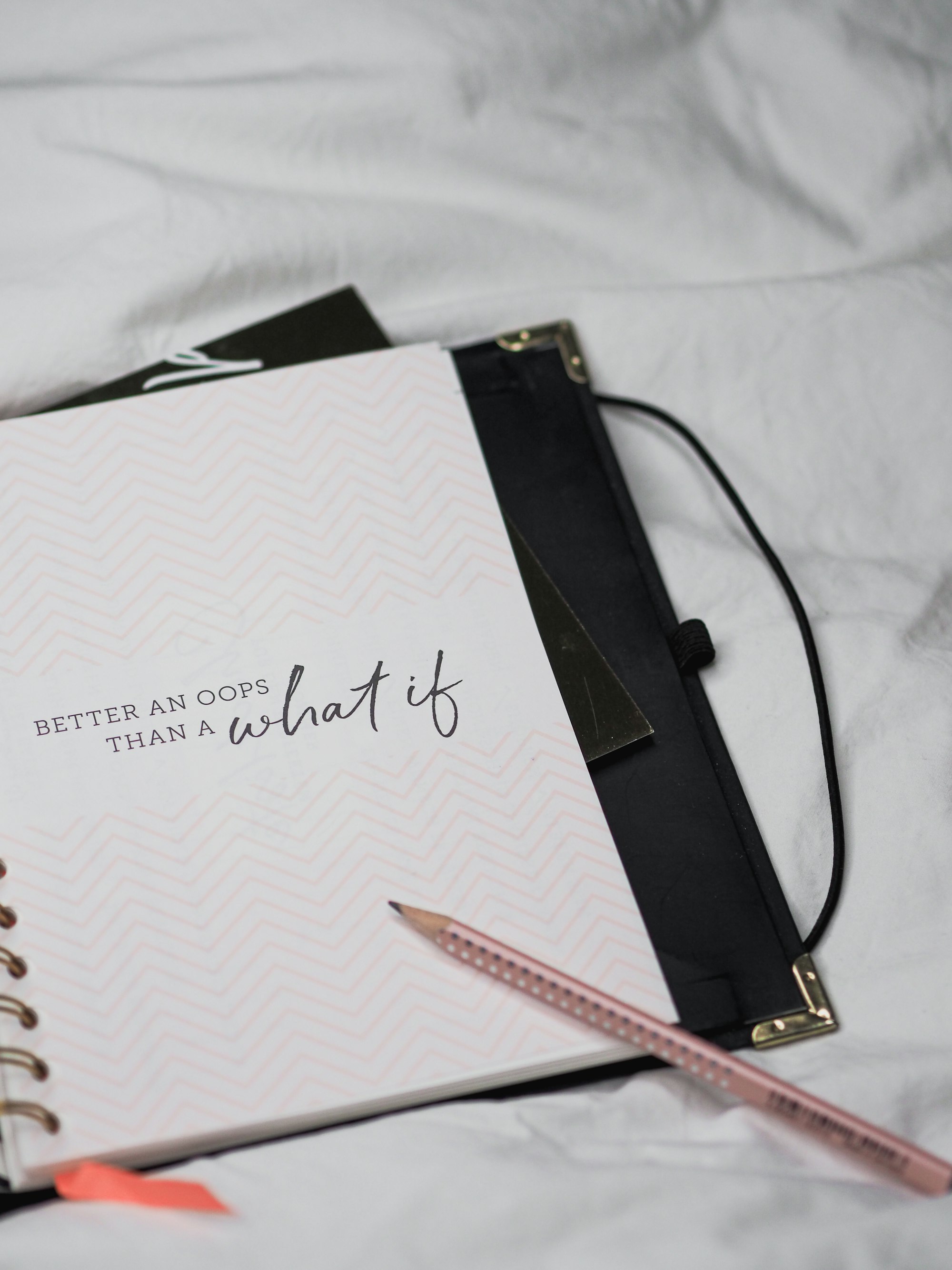
Integrating Checklists into Your Planning
Having these checklists is just the first step; integrating them into your overall disaster preparedness plan is where they truly become valuable.
Incorporating into the Planner:
- Attachment Method: You can attach these checklists to your planner either by physically inserting them into designated sections or by creating a digital version of your planner where these can be included.
- Regular Review: Make it a practice to review and update these checklists during your regular family planning meetings. This ensures that the checklists remain relevant and up-to-date.
Customizing the Checklists
A critical aspect of effective disaster preparedness is ensuring that the plans and tools you have in place are tailored to your family's unique needs. This is where the customization of checklists plays a pivotal role.
While the checklists found in most private label rights planners, offer a comprehensive foundation, personalizing them to fit your customer's specific situation can make a significant difference in their preparedness level.
Personalization of Checklists
Each family has its own set of needs, preferences, and situations. Customizing your disaster preparedness checklists ensures that these unique aspects are accounted for and adequately prepared for.
Identifying Specific Needs:
Start by assessing your family's specific requirements. This might include medical needs, dietary restrictions, or even the needs of elderly family members or pets.
Mobility and Accessibility Needs:
- Consider family members with disabilities or mobility issues. Plan for how they will evacuate or access safe spaces, and include necessary mobility aids in your emergency kit.
Communication Needs:
- For family members who are deaf or hard of hearing, plan alternative communication methods like text messages or visual alerts.
- For those who are blind or visually impaired, include emergency supplies that cater to their needs, like braille labels or auditory devices.
Mental Health and Emotional Support:
- Include items or plans that address the emotional and mental health impacts of a disaster, such as comfort items for children or contact information for mental health support.
Specialized Medical Equipment and Medications:
- If anyone in your family requires specialized medical equipment (like CPAP machines, dialysis equipment, or insulin pumps), ensure you have a plan for how to power and maintain these devices.
- Keep a sufficient supply of necessary medications, along with a list of prescriptions and dosages.
Infant and Childcare Supplies:
- Beyond basic needs, consider items for infants and young children, like baby formula, bottles, diapers, and child-friendly medications.
Cultural and Religious Considerations:
- Respect and incorporate cultural and religious needs into your plan, such as dietary preferences or religious texts and items.
Educational Materials and Activities for Children:
- Include educational materials and activities to keep children occupied and engaged during long periods in shelters or safe spaces.
Emergency Contacts and Legal Documents:
- Keep a list of emergency contacts, including family members, doctors, and local emergency services, as well as copies of important legal documents like birth certificates and insurance policies.
- Backup Power Sources: Plan for backup power sources for your home, especially if someone in your household relies on electrically powered medical equipment.
Local Emergency Resources and Information:
- Familiarize yourself with local emergency resources, such as community shelters, emergency response teams, and hospitals.
Pet Emergency Plan:
- Include a plan for pets, such as carriers, leashes, food, and other pet supplies, as well as information on pet-friendly shelters or accommodations.
Work and School Emergency Plans:
- Coordinate with work and school emergency plans to ensure a cohesive approach and understanding of protocols.
Modifying Existing Checklists:
- Use the provided checklists in the done-for-you content listed below as a starting point and modify them according to your family’s needs. This could involve adding additional items, removing irrelevant ones, or adjusting quantities.
- Consider the environment you live in and the types of natural disasters most likely to occur. Different environments and disasters may require different preparatory items and actions.
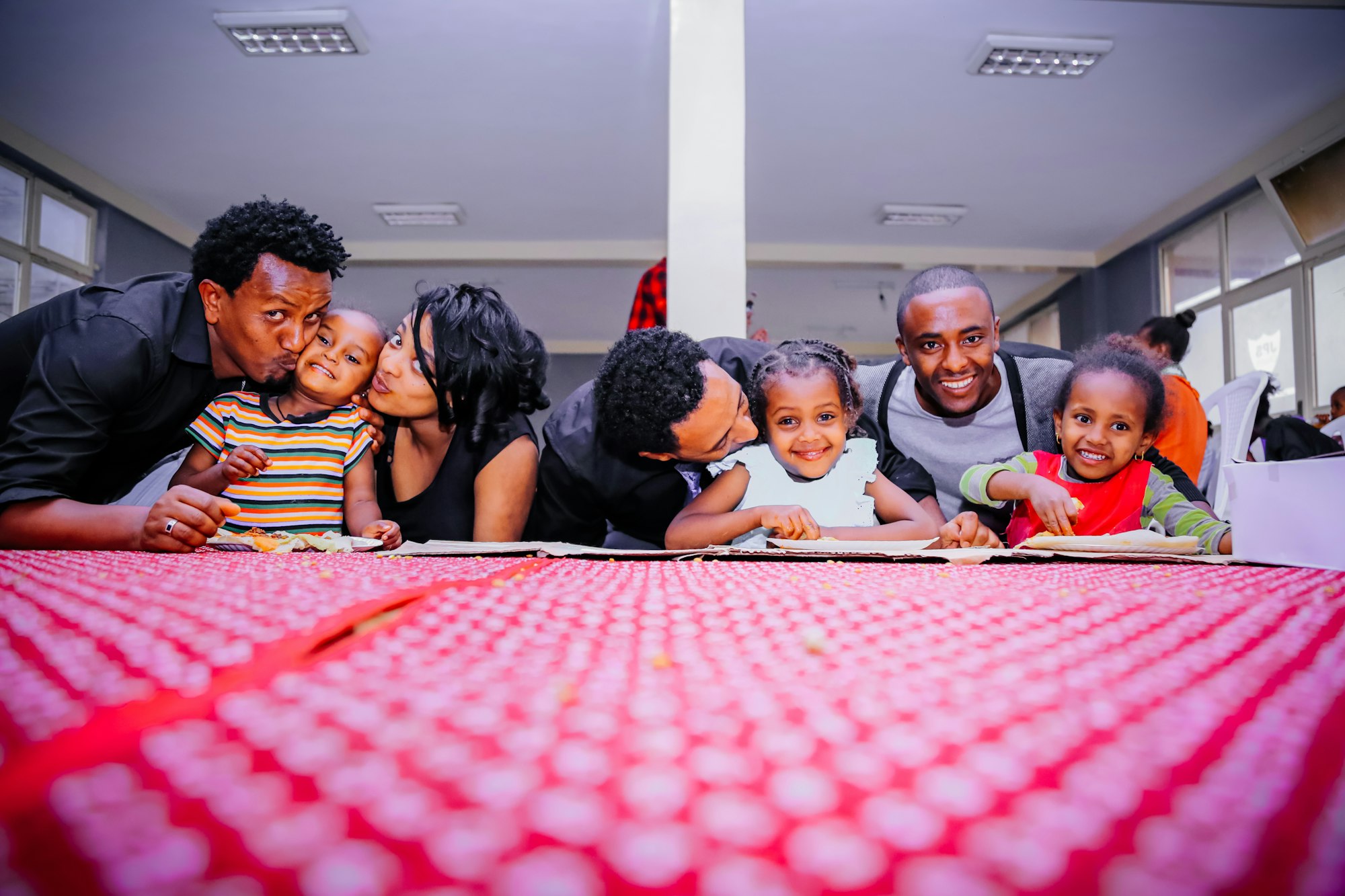
Involvement of Family Members
Involving each family member in the customization process not only ensures that the checklists are comprehensive but also helps each person feel a part of the planning process.
Assigning Responsibilities:
- Assign each family member a specific checklist to manage. For instance, one person could be in charge of the food supplies checklist, while another handles the first aid supplies.
- Responsibilities should be age-appropriate. Children can be responsible for their personal emergency kits or pet care items.
Collaborative Customization:
- Hold a family meeting to discuss and customize the checklists. This collaborative approach allows for input from all family members, ensuring no critical detail is overlooked.
- Use this as an opportunity to educate and discuss. For instance, while customizing the first aid checklist, you can talk about basic first aid measures.
Regular Updates and Reviews:
- Set a schedule for reviewing and updating the checklists. This could be aligned with your regular family emergency planning meetings.
- Encourage family members to report any changes that might affect their assigned checklists, like a new dietary restriction or a change in medication.
Making it Engaging:
- Make the process engaging, especially for children. Use colorful pens, stickers, or other creative tools to make the customization process more enjoyable.
Engaging younger children in the disaster preparedness process is crucial, as it not only teaches them important life skills but also ensures they know what to do in an emergency.
Making the process accessible and enjoyable for children can encourage their active participation. Here are some additional ways to make the process more accessible and engaging for younger children:- Interactive Games and Activities:
- Create simple, age-appropriate games that teach emergency preparedness concepts, like a scavenger hunt for emergency kit items.
- Use role-playing games to simulate emergency scenarios in a non-threatening way.
- Educational Storytelling:
- Use stories or create a family storybook that includes different emergency scenarios. This can help children understand what to expect and how to react.
- Include illustrations and let children draw their own interpretations of the story.
- Visual Aids and Infographics:
- Use colorful infographics and charts to explain emergency plans and procedures.
- Create visual aids like emergency procedure flowcharts that children can understand and remember.
- Emergency Kit Decoration:
- Let children personalize their own emergency kits with stickers, drawings, or by choosing the color of their backpack.
- Encourage them to pack their own emergency kit with their favorite snacks, toys, or comfort items.
- Family Emergency Plan Coloring Pages:
- Create coloring pages based on different parts of the emergency plan, like a map of your home or the evacuation route.
- Use this as a fun way to discuss and memorize important locations and routes.
- Interactive Emergency Contacts List:
- Help children create their own emergency contacts list with pictures and phone numbers.
- Make it a craft project where they can draw, color, and decorate the list.
- Digital Apps and Tools:
- Utilize child-friendly apps that teach emergency preparedness through games, quizzes, and interactive learning modules.
- Encourage children to use these apps as part of their learning process.
- Emergency Role-Playing Sessions:
- Conduct role-playing sessions where children can act out what they would do in different emergency scenarios.
- Use this as an opportunity to teach them practical skills in a fun and engaging way.
- Reward System for Participation:
- Implement a reward system for participating in emergency preparedness activities, like earning badges or stickers for completing tasks.
- Celebrate their achievements and progress in learning about emergency preparedness.
- Involve Them in Decision Making:
- Let children have a say in certain decisions, like choosing items for the emergency kit or picking a family meeting spot.
- This gives them a sense of ownership and responsibility in the planning process.
- Interactive Games and Activities:
- Recognize and appreciate the effort and contributions of each family member. This reinforces the importance of their role and keeps them motivated.
Customized checklists ensure that in the event of a natural disaster, your family is as prepared as possible, with each member understanding and playing their part in the plan.
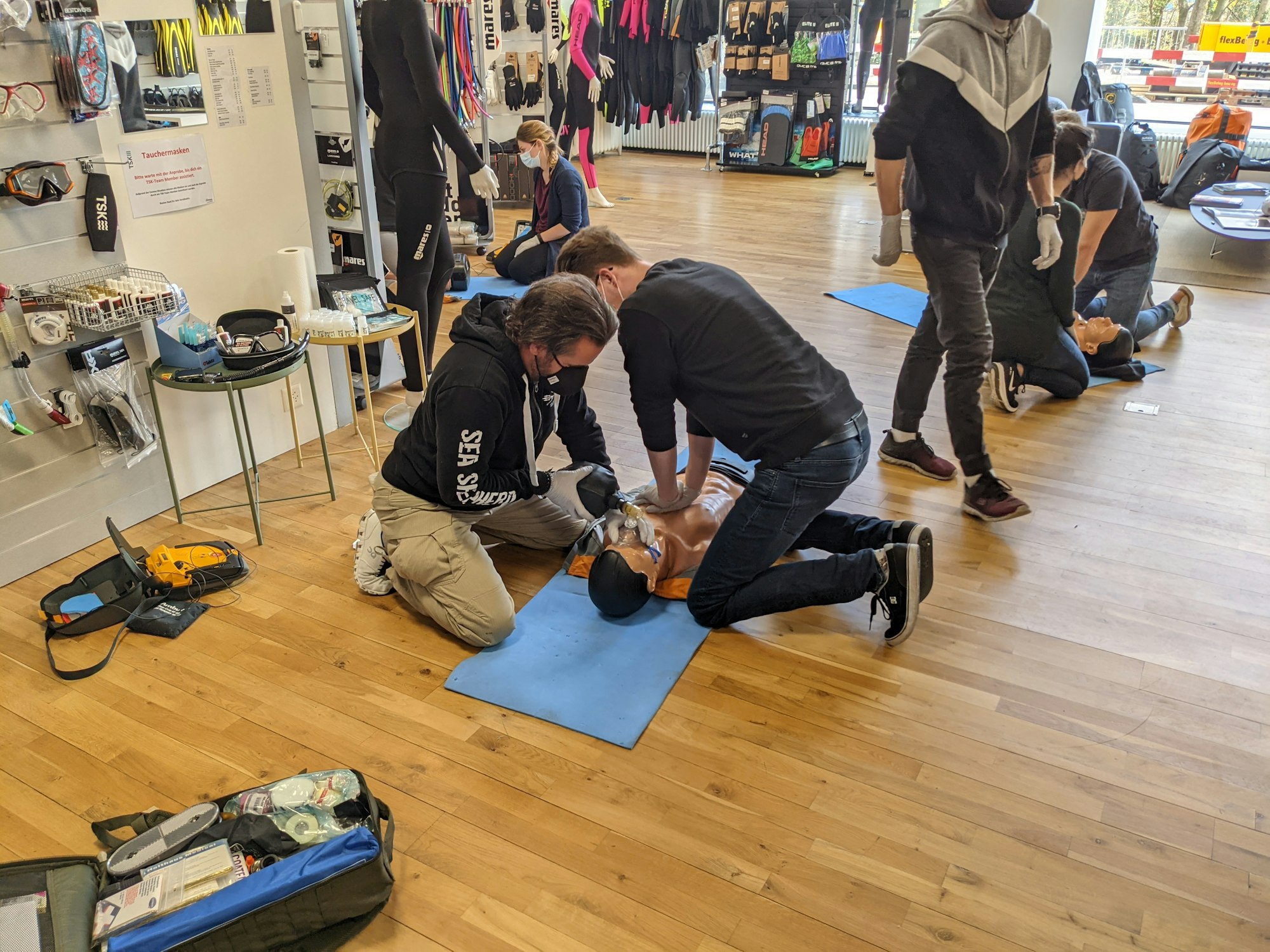
Practical Use:
- Emergency Drills: Use these checklists during emergency drills to ensure that you’re not missing any critical steps or items.
This checklist covers various aspects of an emergency drill, from preparation to execution and post-drill analysis.
It can be adapted to fit different types of emergencies, such as fires, earthquakes, or other natural disasters.- Pre-Drill Preparation:
- Notify all participants about the drill date and time.
- Review the emergency plan with all participants.
- Ensure all necessary emergency supplies and equipment are available and accessible.
- Assign roles to participants (e.g., leader, first-aid administrator).
- Initiating the Drill:
- Clearly announce the start of the drill.
- Begin timing the drill for later evaluation.
- Evacuation Procedures (if applicable):
- Follow the predetermined evacuation route.
- Ensure everyone knows the location of exits and assembly points.
- Practice leaving belongings behind and moving quickly and calmly.
- Communication Protocol:
- Use the designated communication method (e.g., walkie-talkies, shouting instructions).
- Check that all participants understand and can use the communication tools.
- Safety Procedures:
- Practice duck, cover, and hold if the drill is for an earthquake.
- Simulate seeking shelter for tornado or hurricane drills.
- Practice stopping, dropping, and rolling for fire drills.
- First Aid Administration:
- Simulate basic first aid procedures.
- Ensure participants know the location of first aid kits.
- Use of Emergency Equipment:
- Demonstrate the use of fire extinguishers or other emergency equipment.
- Ensure participants know where these items are stored.
- Assembly Point Procedures:
- Gather at the designated assembly point.
- Conduct a roll call to ensure everyone is accounted for.
- Post-Drill Debriefing:
- Discuss the effectiveness of the drill.
- Identify areas for improvement.
- Record the time taken to complete the drill.
- Provide feedback and answer any questions.
- Updating Emergency Plan:
- Make necessary changes to the emergency plan based on drill performance.
- Update the emergency supplies list if needed.
- Schedule Next Drill:
- Decide on the date and time for the next drill.
- Record this in the planner for future reference.
- Pre-Drill Preparation:
- Accessibility: Keep a copy of these checklists in an easily accessible place, such as with your emergency supplies, so they can be quickly referenced in the event of a disaster.
Ongoing Updates:
- Changing Needs: As your family's needs and circumstances change, so should your checklists. Regularly updating them is key to maintaining their effectiveness.
- Feedback Loop: After each drill or real emergency, review the checklists to see what worked and what didn’t. Use this feedback to make necessary adjustments.
Remember, the key to effective disaster preparedness is not just having a plan but also having the right tools to execute it efficiently.
Resources for Emergency Planners and Checklists
The 30 Day Emergency Prepper Challenge Workbook PLR Template comes with 34 Pages. It is 100% Unique and made by Michelle of PLR Niche. The template is in two sizes, 8.5 x 11 & 8 x 10, Editable PowerPoint Files, PDF File, Font Files, Commercial Use Rights.
A workbook filled with planning, tracking and action sheets to help you prepare for emergencies, from natural disasters to financial pinches.
This life saver comes with 92 pages, plus a matching calendar and 2 page monthly planner – so you'll never be caught off guard again! Don't be caught in a pickle, pick up this emergency binder today!
The Survival Planner PLR is a meticulously crafted toolkit that provides you with the tools and knowledge needed to create a robust survival plan. Whether you're preparing for natural disasters, emergencies, or other unforeseen events, this PLR product covers a wide range of survival planning aspects, including food and water storage, shelter, medical supplies, and communication strategies.

Preparing for natural disasters is not just about reacting to the events as they happen; it's about being proactive in ensuring the safety and well-being of yourself and your loved ones.
The unpredictability of natural disasters, coupled with their potential to cause significant disruption and harm, underscores the critical need for thorough and thoughtful planning.
Throughout this guide, we've explored various aspects of disaster preparedness, from understanding specific family needs to creating comprehensive disaster kits and implementing regular emergency drills.
The role of customizable planners in this process cannot be overstated. These planners serve as vital tools in organizing, tracking, and maintaining your preparedness efforts, ensuring that when a disaster does strike, you're not caught off guard.
The key takeaway is that disaster preparedness is an ongoing journey. It involves regular review and adaptation of your plans to suit changing circumstances and emerging threats. It's about making preparedness a part of your lifestyle, ensuring that you and your family are ready to face any challenge that comes your way.
We encourage you to not only take this information to heart but also to act on it. Explore the range of planners and resources available on our blog. These tools are designed to help you start, maintain, and enhance your disaster preparedness plans. Whether you're a beginner or looking to refine your existing plans, our collection has something to offer.
Remember, the best time to prepare for a disaster is before it happens. Equip yourself with the knowledge, tools, and resources to ensure that you’re ready for whatever nature throws your way. Your safety and peace of mind are worth the effort.
TLDR: (too long, didn't read)
I'll bet you have ideas for the types of Printable Checklists for Disaster Preparedness that you can make which will serve your community now. Go get one of the planners listed above to make your product creation faster and easier!
Using printable checklists for disaster preparedness offers several benefits:
- Organization: Helps organize and track essential items and tasks for disaster readiness.
- Customization: Can be tailored to specific needs and scenarios for personalized preparedness.
- Ease of Use: Provides a simple, visual way to ensure all preparedness steps are followed.
- Efficiency: Streamlines the process of gathering and maintaining emergency supplies.
- Family Involvement: Encourages participation and awareness among all family members.
- Regular Updates: Facilitates easy updating and revising of plans as situations change.
- Accessibility: Ensures critical information is readily available and easy to access in an emergency.
- Reminders: Acts as a reminder for periodic checks and replenishment of supplies.
Printable checklists serve as a practical and effective tool for enhancing disaster preparedness, offering a structured approach to ensuring safety and readiness.
